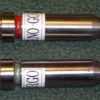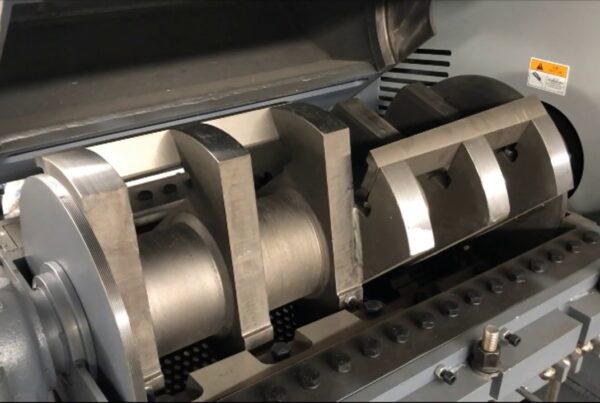The ever-changing landscape of scientific research is shaped by technological advancements. They are a key factor in the way that we explore and learn about the world. The Sieve Shaker is one such innovation which has revolutionized this field, especially in particle analysis and material science. This innovative device has greatly improved the efficiency and accuracy in sieving processes. It led to new discoveries and a better understanding of different materials.
The Evolution of Sieving Technology
Since their invention, sieve shakers are much more advanced. The earliest systems were manual and have been replaced by automated systems that are far more sophisticated. Scientists and researchers used to manually shake sieves in order to separate particles with different sizes. This was a time-consuming and labor-intensive process. The dynamics of particle analyses changed dramatically with the introduction of motorized sieve shakers and electronic sieve movers.
Automated Precision for Particle Analysis
Sieve shakers are a key tool in research because they automate particle analysis. This reduces human error and increases precision. Modern electronic sieve shaking machines use vibrations to evenly distribute particles, ensuring an accurate separation on the basis of size. Automation not only speeds up the sieving process, but allows researchers to work with larger samples sizes. This leads to more reliable and representative data.
Increased Efficiency and Throughput
In the world of research, speed is often an important factor. Sieve shakers improved particle analysis efficiency by streamlining sieving. Researchers can now process more samples at once, which speeds up their experiments and research. This improved efficiency has been invaluable to many industries, including pharmaceuticals and construction materials testing.
Environmental and Economic Impact
Sieve shakers have not only improved research methods, but also had a positive impact on the environment. These devices reduce the physical stress on researchers by reducing manual labor required in sieving processes. This promotes a healthier, more sustainable working environment. The efficiency gains also translate into economic benefits as researchers are able to allocate their resources and time more efficiently.
The Role of Sieve Shakers in Material Science
Sieve shakers have had a profound impact on the material sciences. Particle analysis is used by researchers who work with materials that have different compositions and structure to better understand their characteristics and behaviors. Sieve shakers are a key tool in the development and refinement of advanced materials. They allow scientists to customize their properties with unmatched accuracy.
The Sieve Shaker is an essential tool in the field of materials science for researchers who are trying to unravel the mysteries of particle behavior. The Sieve Shaker is more than a technological marvel. It’s a game changer. The Sieve Shaker’s ability to separate particles by size has made it the cornerstone for countless materials studies. Researchers can now depend on the accuracy and efficiency of a Sieve Shaker, whether they are analyzing bulk materials or exploring the world at the nanoscale.
Conclusion:
Sieve shakers have had a revolutionary impact on research. These devices are the unsung heroes in the scientific community. They have revolutionized particle analysis and improved the precision of material analyses. It is exciting to think about the future of sieve shakers, as technology advances. This will lead to even more breakthroughs in research in various disciplines. The transition from manual sieving into automated precision has undoubtedly opened up a new age in scientific exploration where the Sieve shaker reigns supreme.








